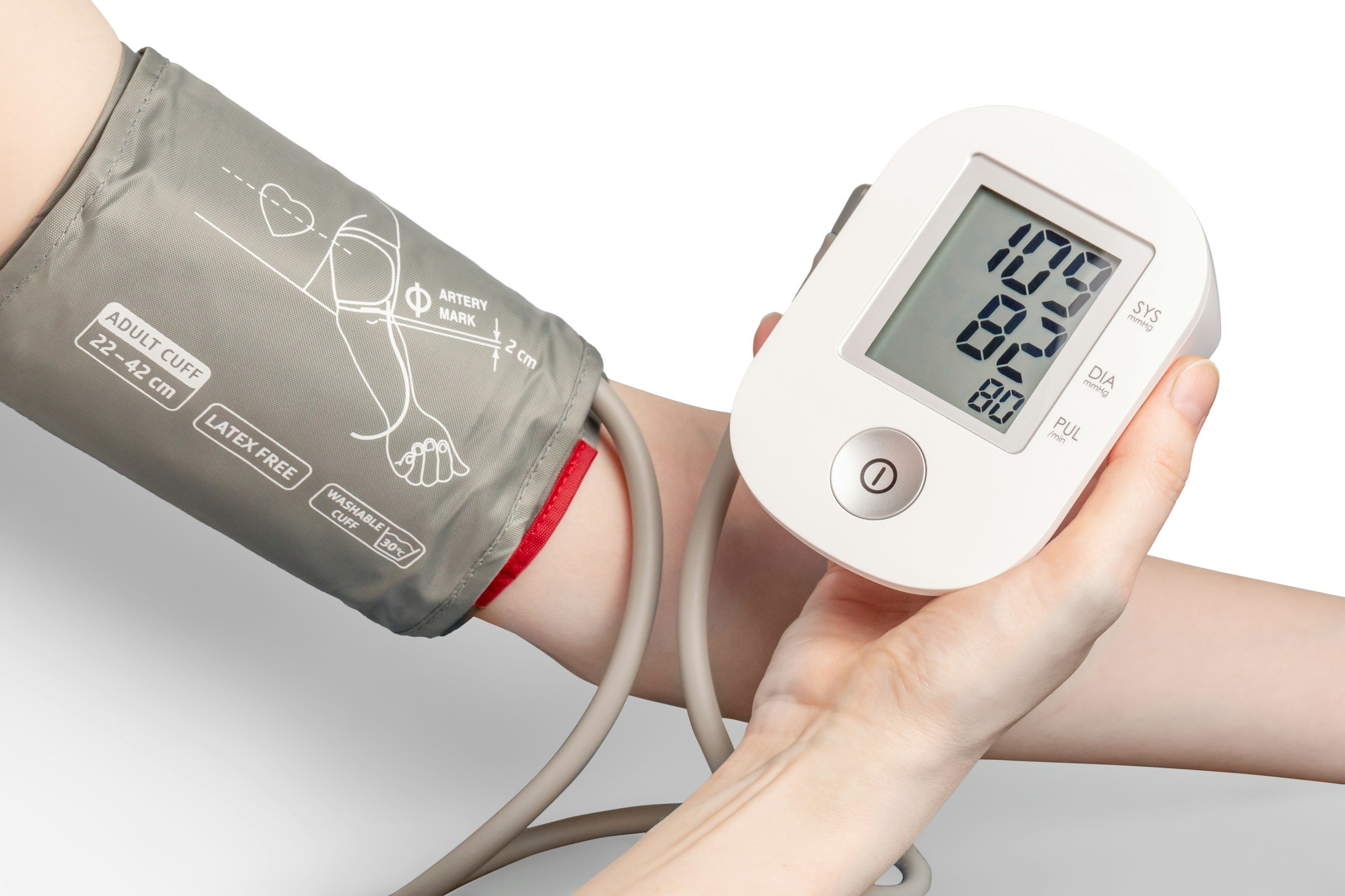BLOG

Workout for the Workplace

What is Pilates?

Working Out for Heart Health

Moving for Mental Health
Moving for Mental Health
By Jenna Walters, SPT
We are constantly reminded of the importance of engaging in regular physical activity to improve our physical body, but did you know that it is also helpful in keeping our minds healthy too? Challenges with our mental health can negatively impact our life as much as our physical health, leading to anxiety and depression. It is just as important to take care of our mental health as much as our physical. Along with adequate rest, a healthy diet, and social support, getting regular physical activity should be part of our self-care to optimize mental health.
Physical activity causes immediate effects such as more blood flow to the brain, increasing mental productivity and clarity, as well as furthering the release of serotonin and norepinephrine, which are chemicals that enhance mood and sense of well-being. Physical activity can improve self-confidence by meeting goals and challenges and helping one to feel better about their appearance. It also promotes social interaction which boosts mood and offers a healthier coping strategy when facing psychological challenges. A study looked at 152,978 participants over a 7-year period, assessing type and frequency of physical activity, and self-reported questionaries of perceived mental health. Those who had low cardiovascular fitness and muscle strength due to not engaging in regular physical activity had a 98% higher chance of having depression and 60% increased odds of experiencing anxiety. This shows the relationship between mental health and consistent physical activity, helping to improve one’s mental well – being in addition to physical.
All types of physical activity have shown to manage mental health, even activities usually not perceived as “exercise” such as housework and childcare. Team-oriented sports can also boost mental health immensely from its friendly exchanges. Researchers have found that 30-60 minutes of physical activity for three to five times per week produced the most benefits for mental health. Though 10-15-minute bouts, and simply increasing physical activity throughout the day can still make a difference. Identify and focus on activities that you enjoy, helping to maintain movement in your lifestyle. This can be planned, structured exercise which includes running, cycling, or weight training, or physical activity, which is any movement that requires energy, such taking the stairs instead of the elevator, playing with children or pets, or a taking a walk around the block. Whatever you prefer to stay active, you will be supporting your ability to manage stress and optimizing your brain power to live a healthier, happier life.
References
Cohut, PhD M. Exercise for mental health: How much is too much? Medical News Today. https://www.medicalnewstoday.com/articles/322734#How-much-exercise-is-best? Published August 2018.
Depression and anxiety: Exercise eases symptoms. Mayo Clinic. https://www.mayoclinic.org/diseases-conditions/depression/in-depth/depression-and-exercise/art-20046495. Published September 27, 2017.
Kandola AA, Osborn DPJ, Stubbs B, Choi KW, Hayes JF. Individual and combined associations between cardiorespiratory fitness and grip strength with common mental disorders: a prospective cohort study in the UK Biobank. BMC Med. 2020;18(1):303. Published November 11, 2020. doi:10.1186/s12916-020-01782-9.

